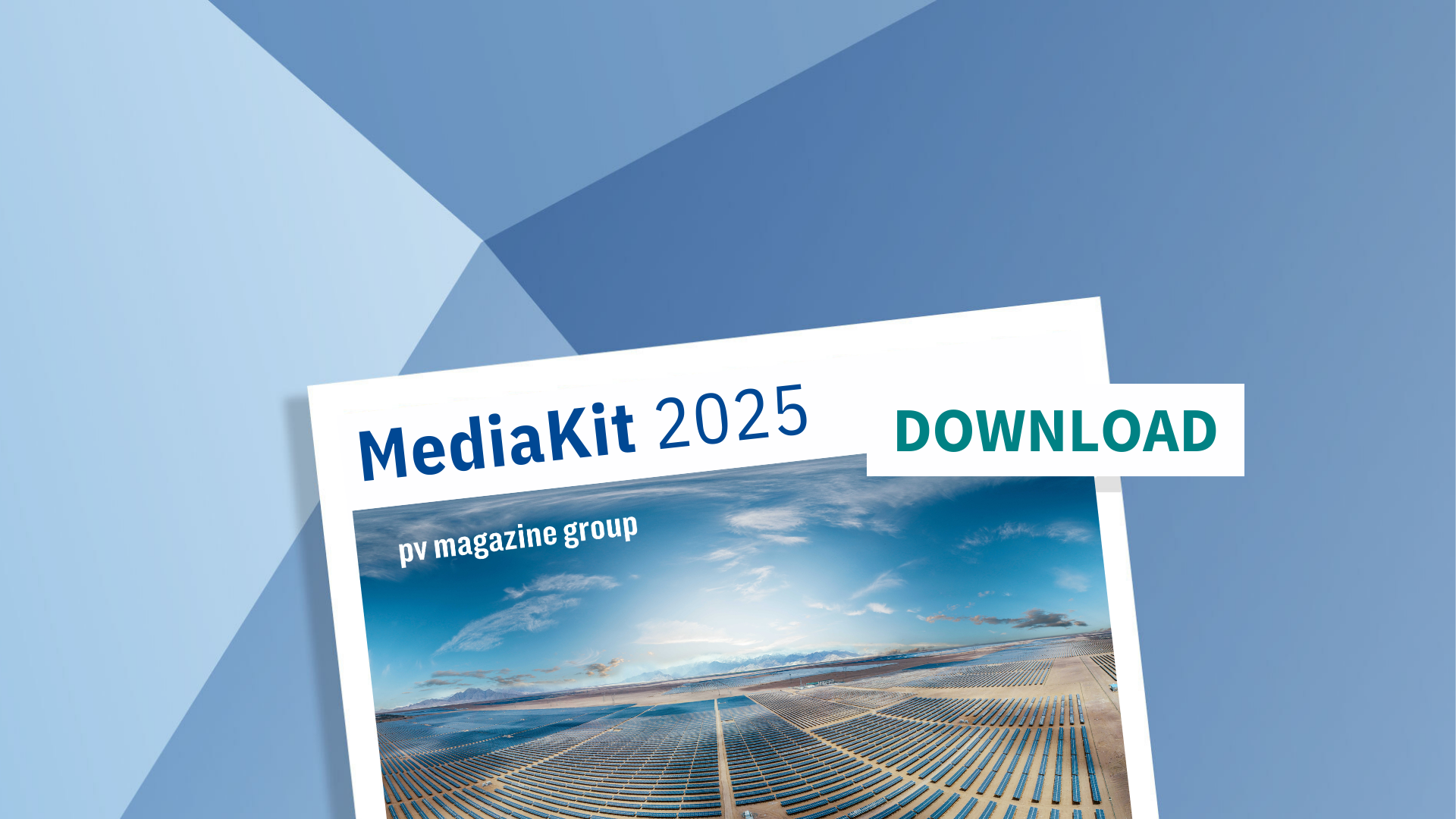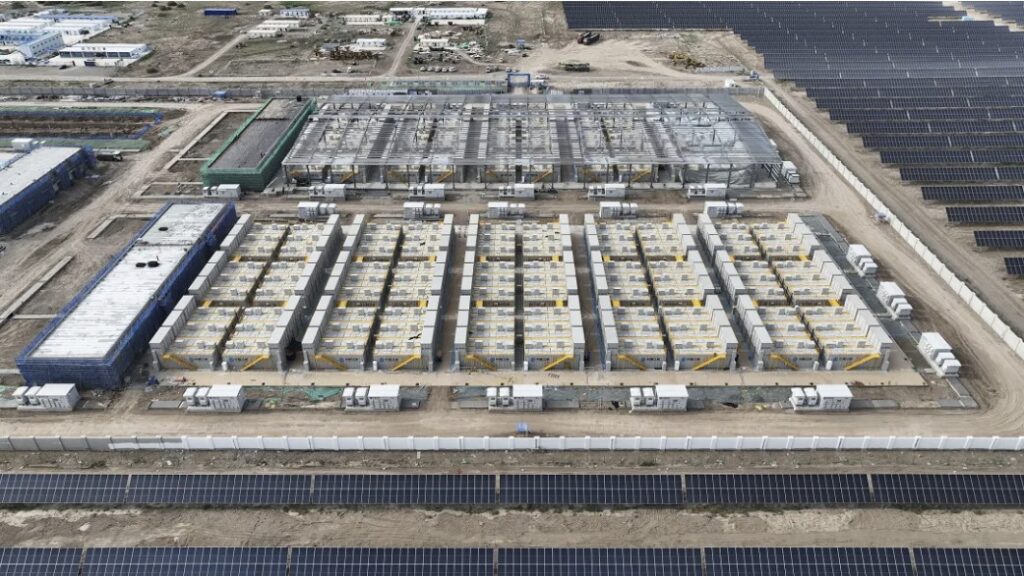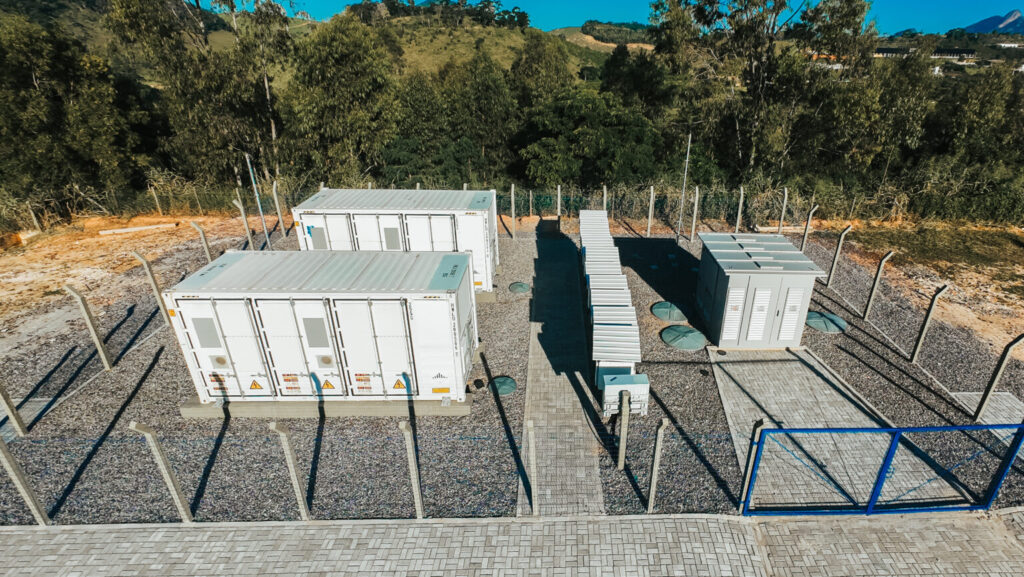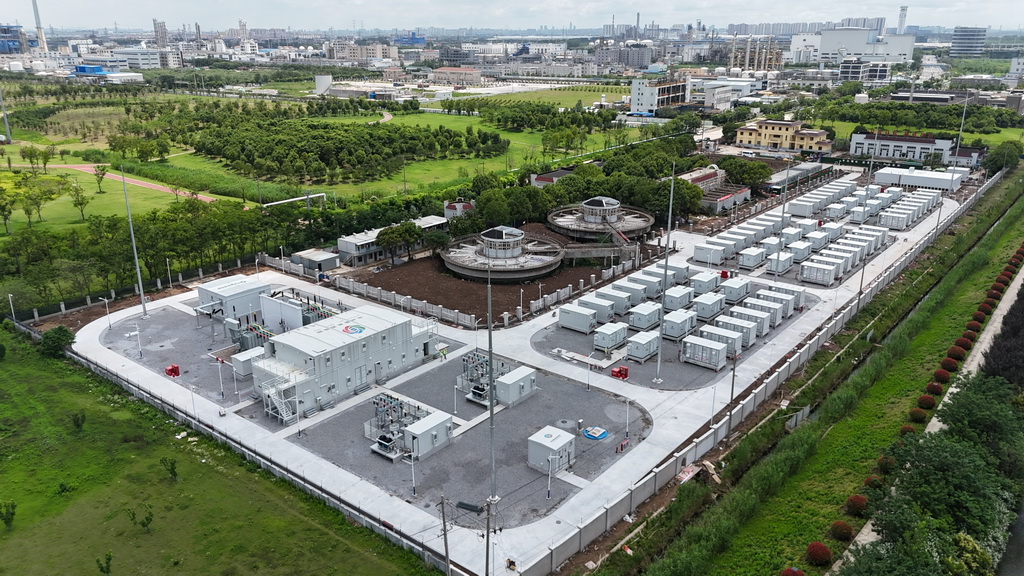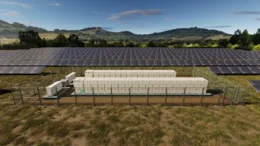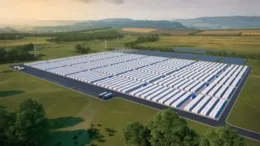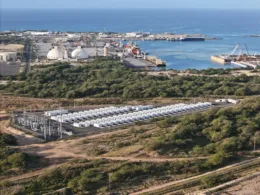UK energy regulator opens cap-and-floor LDES application window 1
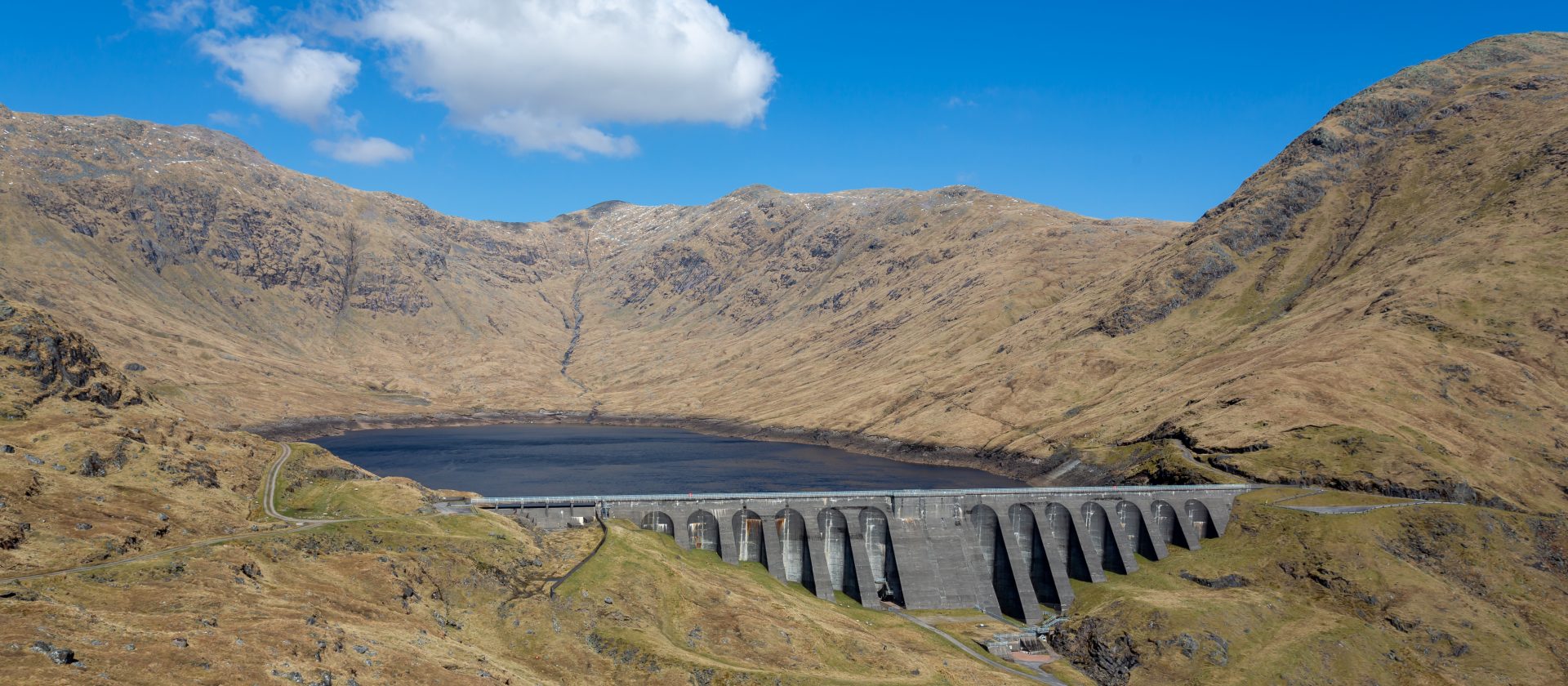
Ofgem, the energy regulator for Great Britain, has launched the eagerly awaited cap-and-floor support scheme, unlocking billions in funding to build LDES projects for the first time in 40 years.
The cap-and-floor scheme ensures investors receive a minimum amount of revenue to enable investment in LDES assets. The system will see energy consumers refund LDES project owners if their revenues fall below a minimum, “floor” level. If revenues exceed a specified maximum, the “cap,” LDES operators will refund the difference into a public fund for consumers.
Ofgem opened the first application window on April 8. It invited applications from developers who can deliver Stream 1 (min. project size 100 MW, min. eight-hour storage duration, TRL 9) projects by 2030 and Stream 2 (min. 50 MW, min. eight-hour storage duration, TRL 8) projects by 2033.
TRL 9 is generally defined as a marketable product that has been proven in repeated use, such as lithium-ion batteries. TRL 8 technologies are those with final design and features set, such as flow batteries, compressed air, and liquid air, and, for LDES, Ofgem wants to see an installed working example of the technology that is at least 1 MW in size.
Interested parties are invited to notify the regulator via email at LDES@ofgem.gov.uk, using the subject heading ‘LDES SCHEME APPLICATION: [Project Name]’ by April 22 April, 2025, of their intent to submit projects within this first application window and specify which track they wish to be considered under, project location and technology type.
LDES project developers must submit their applications by June 9, 2025 to be considered in this round. The regulator aims to approve the first projects by Q2 2026.
Next steps will involve the development of the cost benefit analysis (CBA) stage where Ofgem will evaluate the potential benefits of eligible projects with support from NESO. An initial CBA framework will be open for consultation in Q2 2025.
The indicative capacity range for the first application window is between 2.7 GW and 7.7 GW. This is based on advice provided by NESO to government, which sets out the amount of LDES capacity needed on the system to deliver the NESO Future Energy Scenarios and Clean Power Pathways.
This addition would at least double Great Britain’s current strategic reserve of 2.8 GW spread across four pumped storage hydro schemes in Scotland and Wales.
“Renewable energy is the key to securing Britain’s energy independence and driving down customer bills in the long term – so it’s vital that none of this precious resource goes to waste,” says Akshay Kaul, director general, infrastructure, for Ofgem. “We have not built any new LDES in 40 years but today we are reversing that legacy by unlocking investment in this important technology to help build a clean, secure energy system for the future.”
Government analysis has found that 20 GW of LDES, the current target set for 2050, could save the electricity system £24 billion between 2030 and 2050, cutting household energy bills as additional cheap renewable energy reduces reliance on more expensive natural gas.
In October 2024, the government gave the green light for the next generation of LDES assets by deciding to introduce the investment support scheme to be delivered by Ofgem, which has been welcomed by industry today.
“This is a historic moment for the UK’s energy system. We’ve not built a new Pumped Storage Hydropower (PSH) facility in nearly 50 years, but with over 10 GW and 200 GWh of shovel-ready projects, the hydropower sector stands ready to deliver,” said Kate Gilmartin, CEO of the British Hydropower Association.
Developers of LDES projects will now need to work with the communities hosting their projects to get the necessary permits and consents in place before they can progress the projects.
The launch of the LDES scheme follows other proactive steps by Ofgem and government to pick up the pace on delivering flexible clean energy as part of the drive to net zero. This includes grid connection reform to fast-track shovel-ready clean energy projects and the creation of five major new undersea energy links to further harness the vast potential of North Sea wind to help power millions of homes.




